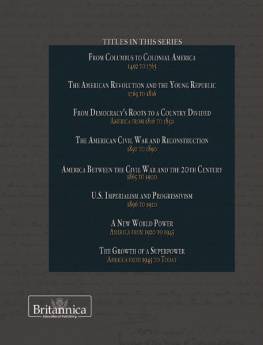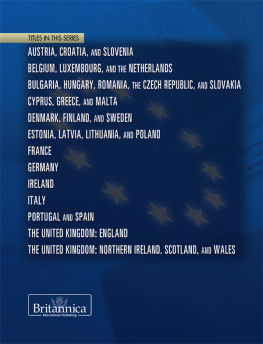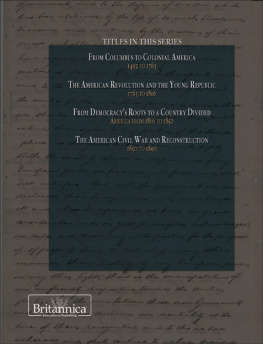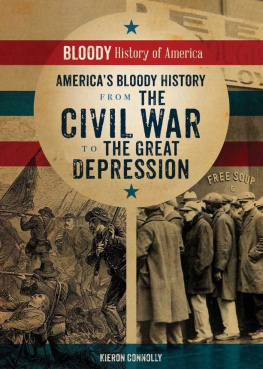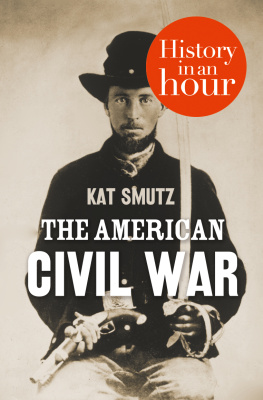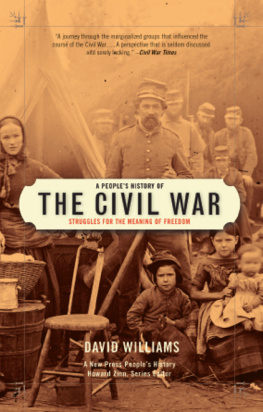AMERICA BETWEEN THE CIVIL WAR AND THE 20TH CENTURY
1865 to 1900
DOCUMENTING AMERICA
THE PRIMARY SOURCE DOCUMENTS OF A NATION
AMERICA BETWEEN THE CIVIL WAR AND THE 20TH CENTURY
1865 to 1900
EDITED BY JEFF WALLENFELDT, MANAGER, GEOGRAPHY AND HISTORY

Published in 2013 by Britannica Educational Publishing
(a trademark of Encyclopdia Britannica, Inc.)
in association with Rosen Educational Services, LLC
29 East 21st Street, New York, NY 10010.
Copyright 2013 Encyclopdia Britannica, Inc. Britannica, Encyclopdia Britannica,
and the Thistle logo are registered trademarks of Encyclopdia Britannica, Inc. All rights reserved.
Rosen Educational Services materials copyright 2013 Rosen Educational Services, LLC.
All rights reserved.
Distributed exclusively by Rosen Educational Services.
For a listing of additional Britannica Educational Publishing titles, call toll free (800) 237-9932.
First Edition
Britannica Educational Publishing
Marilyn L. Barton: Senior Coordinator, Production Control
Steven Bosco: Director, Editorial Technologies
Lisa S. Braucher: Senior Producer and Data Editor
Yvette Charboneau: Senior Copy Editor
Kathy Nakamura: Manager, Media Acquisition
Jeff Wallenfeldt: Manager, Geography and History
Rosen Educational Services
Jeanne Nagle: Senior Editor
Nelson S: Art Director
Cindy Reiman: Photography Manager
Brian Garvey: Designer, Cover Design
Introduction by Jeff Wallenfeldt
Library of Congress Cataloging-in-Publication Data
America Between the Civil War and the 20th century, 1865 to 1900/edited by Jeff Wallenfeldt.1st ed.
p. cm. -- (Documenting America--the primary source documents of a nation)
Includes bibliographical references and index.
ISBN 978-1-61530-710-4 (eBook)
1. United StatesHistory18651898Sources. I. Wallenfeldt, Jeffrey H.
E173.A46 2012
973.8dc23
2011049631
On the cover: Detail of the Sherman Anti-Trust Act of 1890. National Archives and Records Administration, Washington, D.C.; A stagecoach traveling across the American frontier in the 1880s. Westward expansion was but one of the hallmarks of growth in the United States between the Civil War and the 20th century. Time & Life Pictures/Getty Images
On pages -ix: Members of the Illinois National Guard stationed in the rail yards during the 1894 Pullman Railroad strike. Battles between owners and labour unions were common at this time. Chicago History Museum/Archive Photos/Getty Images
On pages : Illustration highlighting the Champion light steel hay binder. Industry soon surpassed agriculture as a leading economic factor in America after the Civil War. Buyenlarge/Archive Photos/Getty Images
CONTENTS

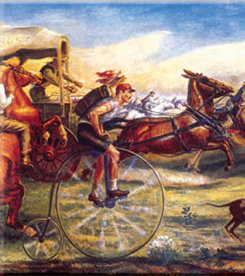
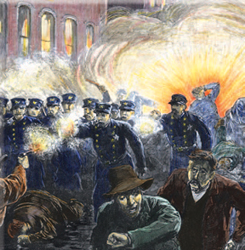

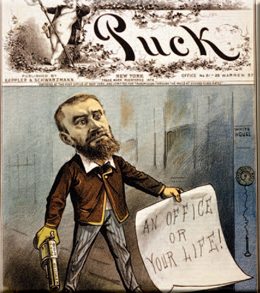
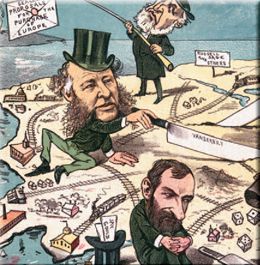

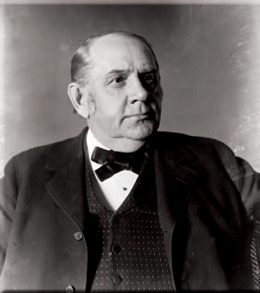
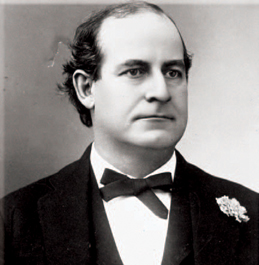
INTRODUCTION

I n the middle of the 19th century the United States was so polarized, particularly by the issue of slavery, that it fought a great civil war, leaving the states of the former Confederacy economically devastated while many states that had remained loyal to the Union rushed headlong into the industrial future. Even as the country sought to bind up its wounds, it remained a land of dichotomous contrasts on matters of ideology and economics that became increasingly stark as the 19th century pushed to its close. The familiar division of North and South remained, but, more than ever, the competing interests of urban and rural America came to the fore, as did those of the rich and the poor, whose class warfare was most often fought in battles between organized labour and corporate ownership. Moreover, the social landscape of the United States was changing almost as fast as the rapidly developing technology that was transforming the economy.
The best way to get a sense of the magnitude of these changes is in the words of those who experienced them in the moment, whether they stood at the centre shaping events or on the periphery being shaped by them. The primary source documents in this volume, which range from speeches and songs to legislation and literature, open a window on the world of the United States in the last third of the 19th century. Those documents and the narrative history through which they are interwoven work as a grand mural that offers both the long view of history, dominated by broad strokes, and the short view, where readers may examine evocative details. Shorter documents are presented in their entirety. More often, however, excerpts are provided that give a flavour of the document, which is presented more fully in the Appendix. Specific introductions for each document provide additional context.
The population of the United States expanded exponentially between the Civil War and the 20th century, largely as a result of the increasing influx of immigrants. Americans response to immigration during this period varied from an open-armed boosterism grounded in the optimism of the Constitution to xenophobic rejection that sprung from the fear of losing jobs to new immigrants and ugly racism. Presented to the United States by France and dedicated in 1886, the Statue of Liberty towered over Ellis Island, the point of entry for millions seeking a better life. Give me your tired, your poor,/Your huddled masses yearning to breathe free,/The wretched refuse of your teeming shore, poet Emma Lazarus wrote in her inscription for the statues pedestal. Yet earlier in the same decade the Chinese Exclusion Act prohibited Chinese immigration because in the opinion of the government of the United States the coming of Chinese laborers to this country endangers the good order of certain localities. This was the prevailing sentiment even after Chinese coolies had contributed mightily to the building of the Central Pacific Railroad that joined with the Union Pacific in Utah in 1869 to form a transcontinental railroad.
The proliferation of railroads throughout the country was a hallmark national achievement celebrated in songs such as John Henry, the story a legendary steel-driving railworker whose hammer made cold steel ring. The expanding network of railroads helped close distances in a big country that got even bigger with the purchase of Alaska from Russia in 1867. Seen as frivolous by many Americans at the time, the acquisition was lampooned as Sewards Folly. But Secretary of State William Seward, who negotiated the purchase, would have the last laughnot only because of Alaskas natural beauty (which Seward described as surpassing in sublimity that of either the Alps, the Appenines, the Alleghenies, or the Rocky Mountains) but also because of it mineral wealth.
Next page
